A City of Toronto plan calling for a dramatic hike in levies on construction site hoarding to fund public art has been slammed as “double dipping.”
Toronto’s Planning and Growth Management Committee recently reviewed staff recommendations to set new fees for hoarding and advertising and to reserve at least 50 per cent of space for art.
If approved, as of Jan. 1 2015, the new fees will be $5.60 per square meter per month plus the existing annual Hoarding Permit Fee of $16.94 per linear metre one time fee and the one time $6.45 per linear metre fee for a signage permit.
The staff report assumes the height of hoarding at 2.4 metres and expects the fees will bring additional revenues of between $0.9 million to $1.8 million a year based on between 5,600 to 11,200 linear metres of hoarding used for signage.
The committee’s recommendations will go on to executive committee and council but at least one councillor, Krysten Wong-Tam, has been rallying the arts community since last winter in anticipation of a funding windfall.
The proposal isn’t sitting well with the construction and development industry, the Building Industry and Development Association (BILD) says developers are already paying for public art under Section 37 rules which require them to contribute cash or install art on site or nearby.
In a letter to the committee Danielle Chin, BILD senior planner, policy and government relations says the fee is “unwarranted and clearly a double dipping of fees charged to the applicant for this purpose.”
Additionally, Chin says voluntary private donations by BILD members to public art will likely dry up if the new fee is imposed.
“As partners in building complete communities, it is imperative that the needs of the public realm are balanced with the rising challenge of affordability,” Chin said. “Especially, as any new charges and fees are passed onto the homeowner through their purchased and sales agreements.”
The battle is over who controls what on hoarding around sites. Traditionally, developers have two options, no signage or to pay a nominal fee and to put up advertising.
Usually that advertising is what’s called “first party” that is, it is related to the project itself, such as a condominium project which would list the developer, the number of units available, pricing and occupancy date as a sales tool to interest potential buyers.
Of the 112,000 linear metres of hoarding permits issued annually, only about five to 10 per cent of hoarding includes a sign with first party content, the report notes. The $6.45 fee is a one time charge.
The report notes simply jacking up the fee by 50 per cent to $16.94 per linear metre, as initially directed by councillors, would be a violation of the governing regulation Chapter 693, Article III which stipulates any fees charged must be commensurate with the cost of administration but no more.
However, the city can charge a fee without limit for advertising in the public realm and direct the funds to be used for enhancement of the public realm. This is consistent with third party advertising on street furniture, TTC vehicle wraps and on the subway line itself, the report noted.
Taking into consideration the fees for third party advertising, which are between $22.51 per square metre and $64.08 per square metre per month, the report said a rate of $5.60 per square metre per month for hoarding would be reasonable since it is restricted to first party advertising.
Money raised would first go to the reserve fund and then be made available to Arts and Culture Services, Economic Development and Culture Division a year later.


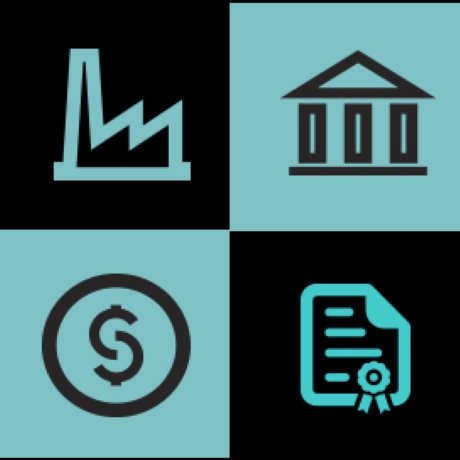
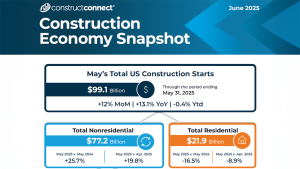
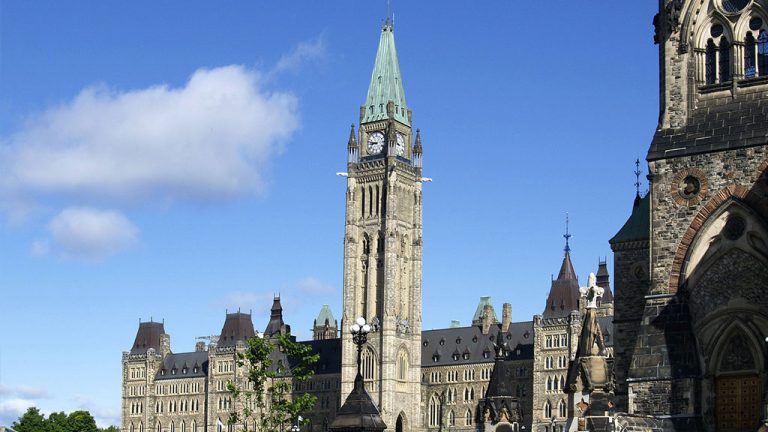
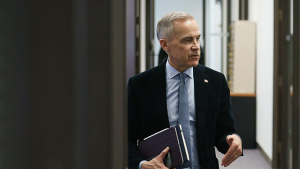


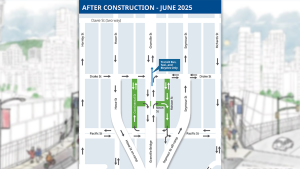


Recent Comments
comments for this post are closed